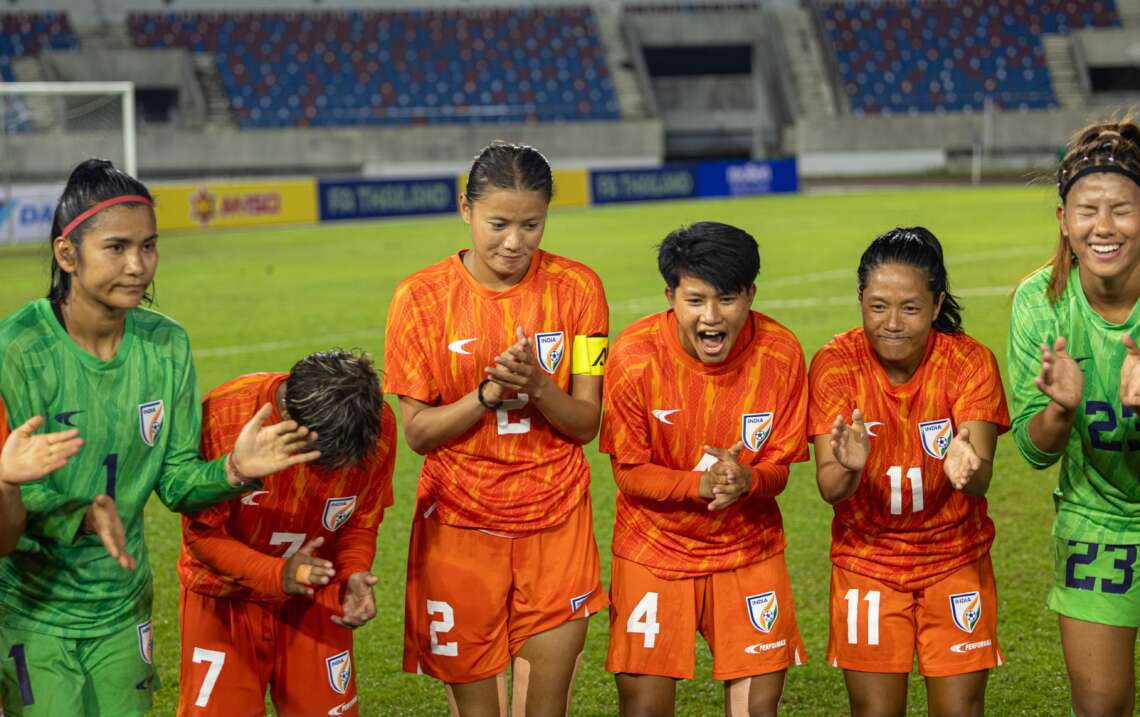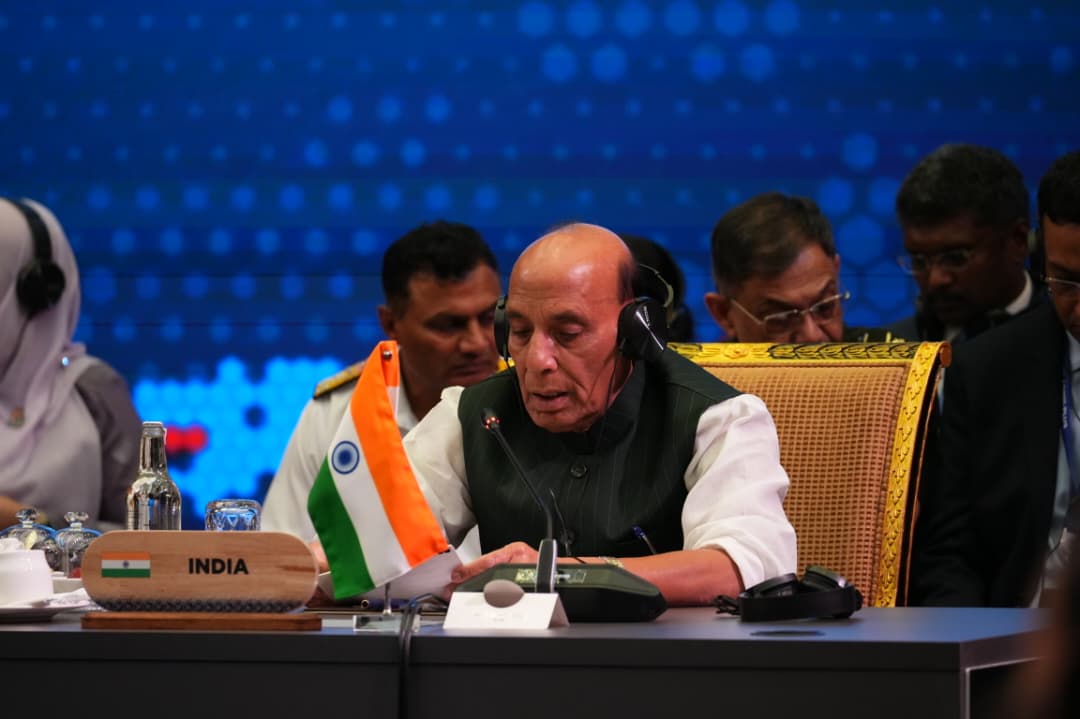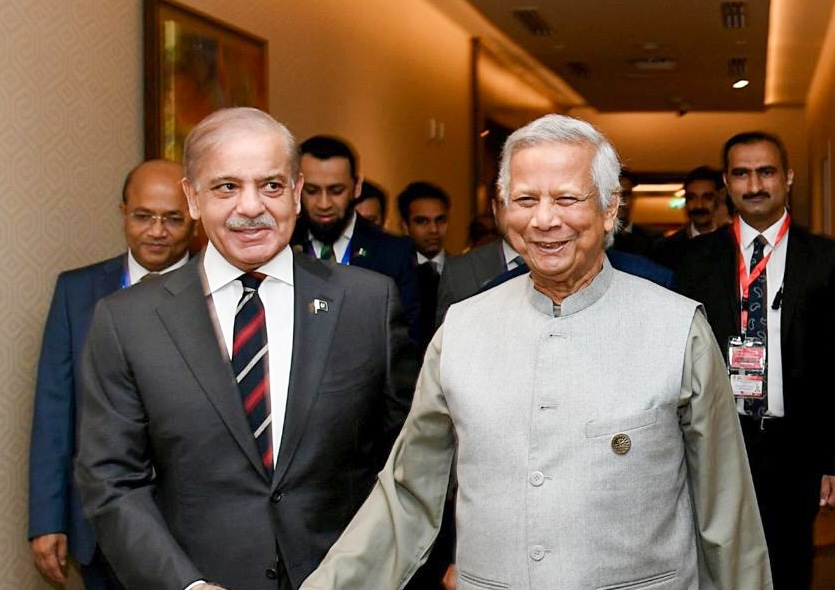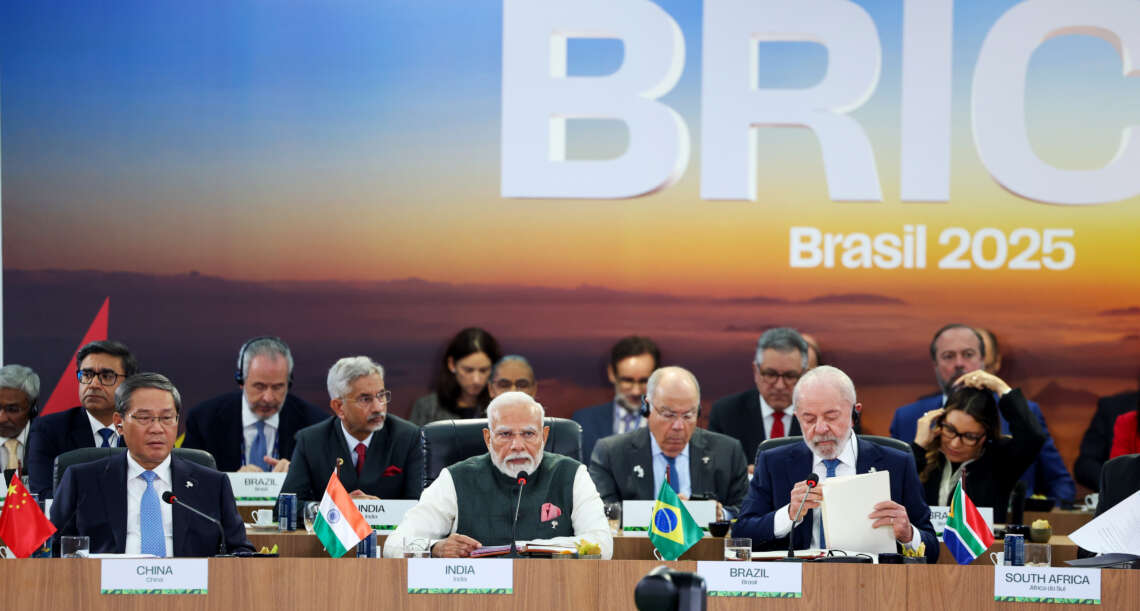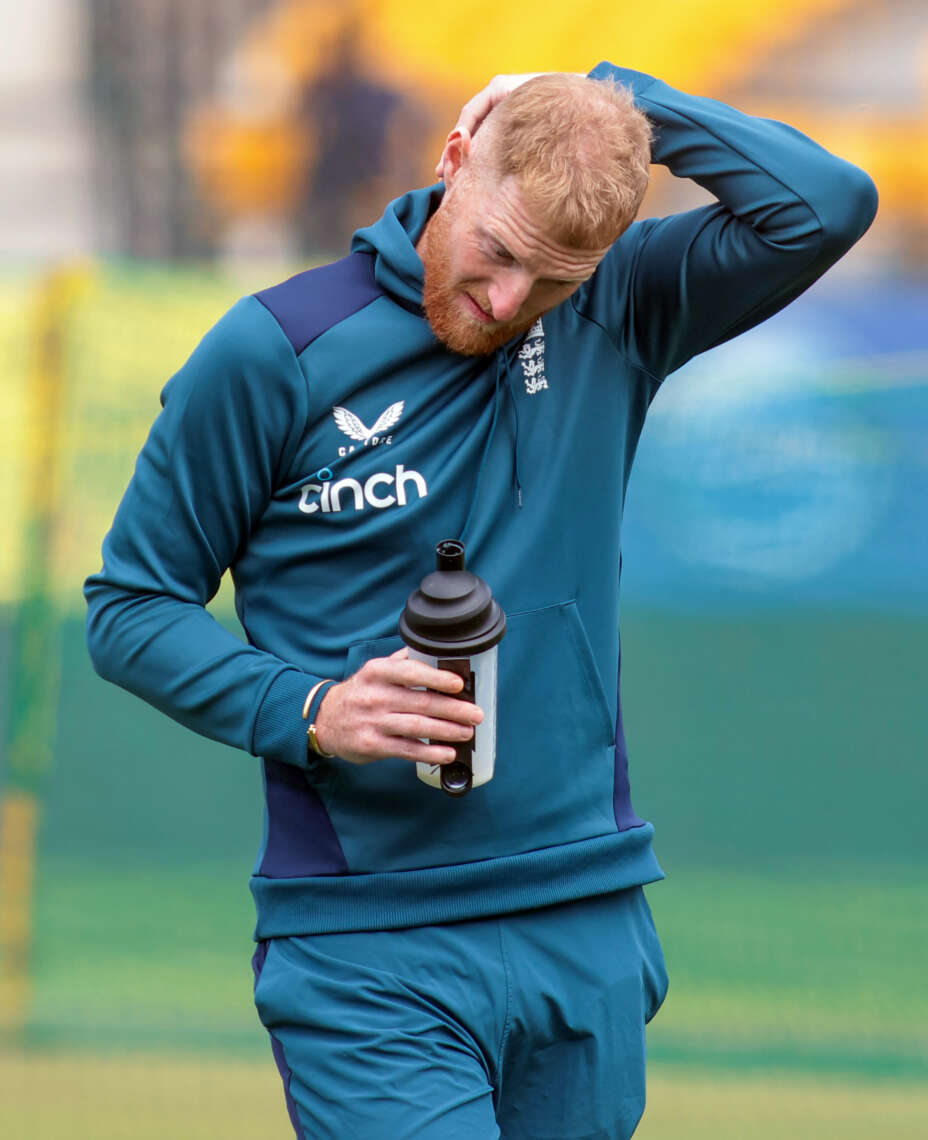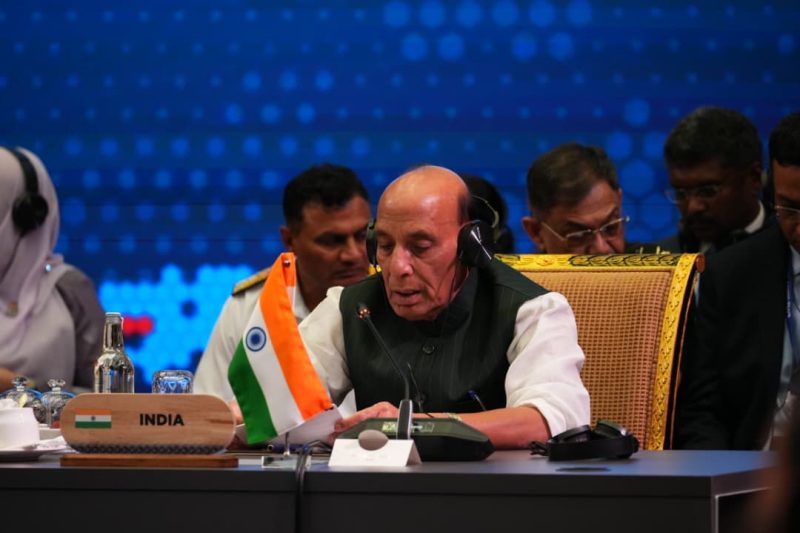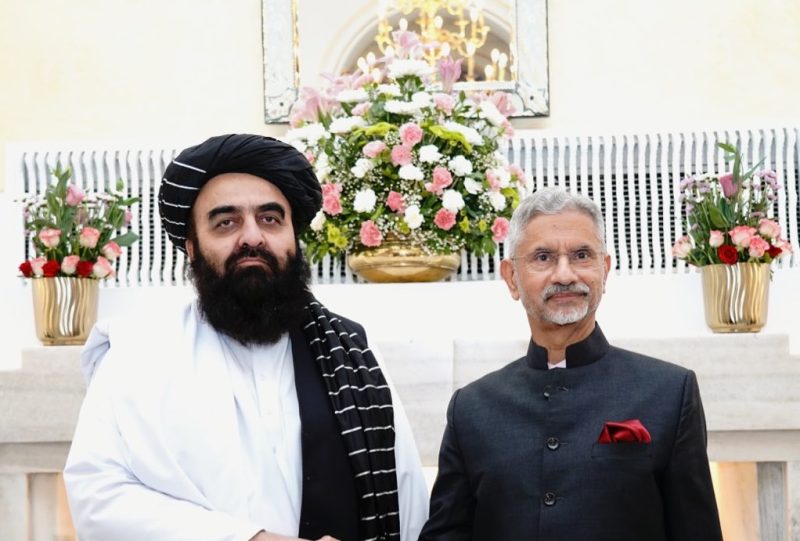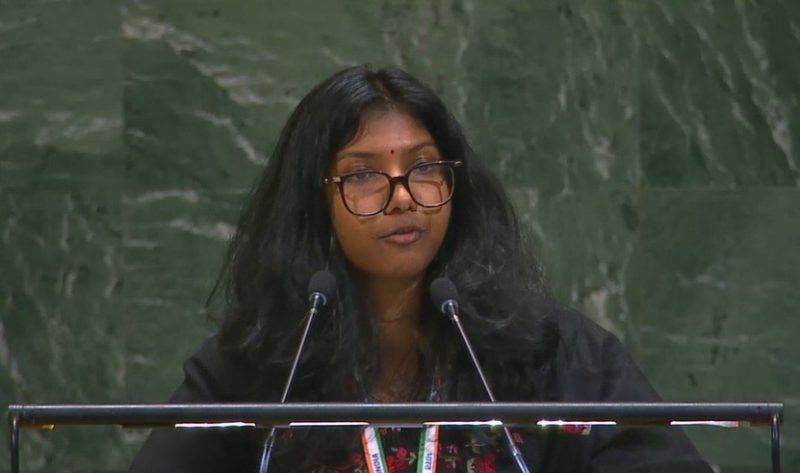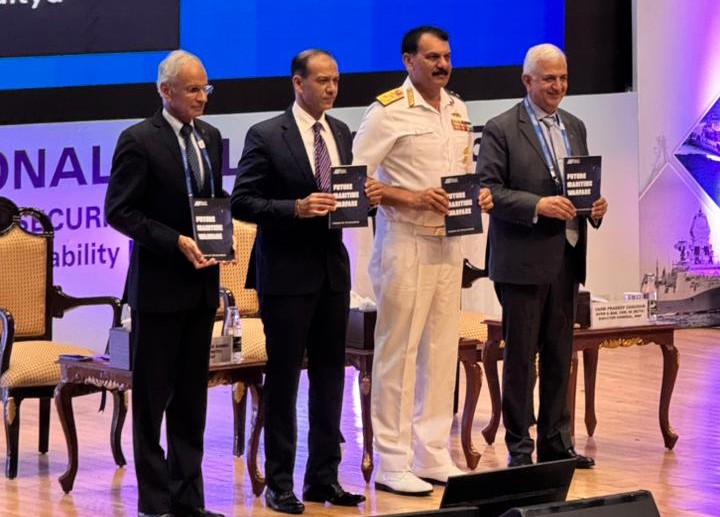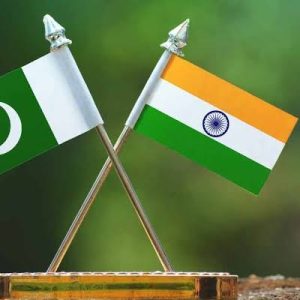After the celebrations, coach Crispin Chhetri brought the team together and said, “Reaching the Asian Cup is just the start. The World Cup is our next goal. We have to keep learning and keep dreaming.”…reports Asian Lite news
It’s been four days since India’s historic qualification for the AFC Women’s Asian Cup Australia 2026. But the dust from the celebrations isn’t settling anytime soon, and the women’s football hype is only on an upward curve.
Overwhelming might still be an understatement considering the giant and historic achievement this is for the Indian women’s team. One that could shape the future of the women’s game in the country. The stakes were toweringly high as the Women’s Asian Cup is also the path to the FIFA Women’s World Cup.
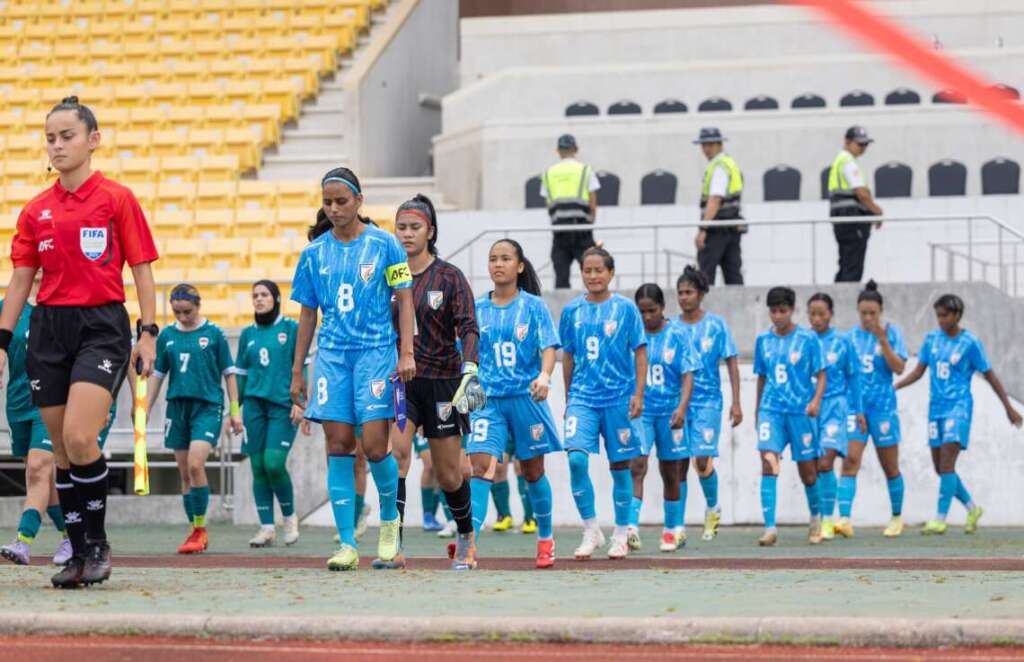
That’s exactly why the Blue Tigresses are in no mood to rest after this first-ever ‘qualification’ for the Asian Cup. Coach Crispin Chettri barely wasted any time after the full-time whistle in conveying the task at hand to the girls. After the outpouring of emotions and hugs and cries and tears, Chettri gathered everyone in a huddle and said, “The top of the mountain is the bottom of another mountain. We must continue to learn and grow as a team. We’ve made it to the Asian Cup. Our next target is the World Cup. We have to keep dreaming.”
Captain for the game, Ngangbam Sweety Devi, who cried her heart out after the final whistle, while being enveloped in hugs from her teammates and support staff, could finally gather her thoughts and put them into words, albeit still reeling from the emotionally charged night.
“Honestly, it’s still hard to express,” said the centre-back. “There were so many mixed emotions. It didn’t even feel real. We kept reassuring each other, ‘Yes, it has happened, we’ve actually done it.’ That feeling… it’s indescribable. Anyone who supports women’s football or is part of it would understand what it feels like to qualify. It was overwhelming.”
These dreams have taken multiple hits in the past. None as heartbreaking as the withdrawal from the AFC Women’s Asian Cup 2022, hosted by India, due to a COVID outbreak in the camp. The Blue Tigresses had only played one game, a 0-0 draw with Iran, and were theoretically only three matches away from qualifying for the World Cup before their dreams were shattered.
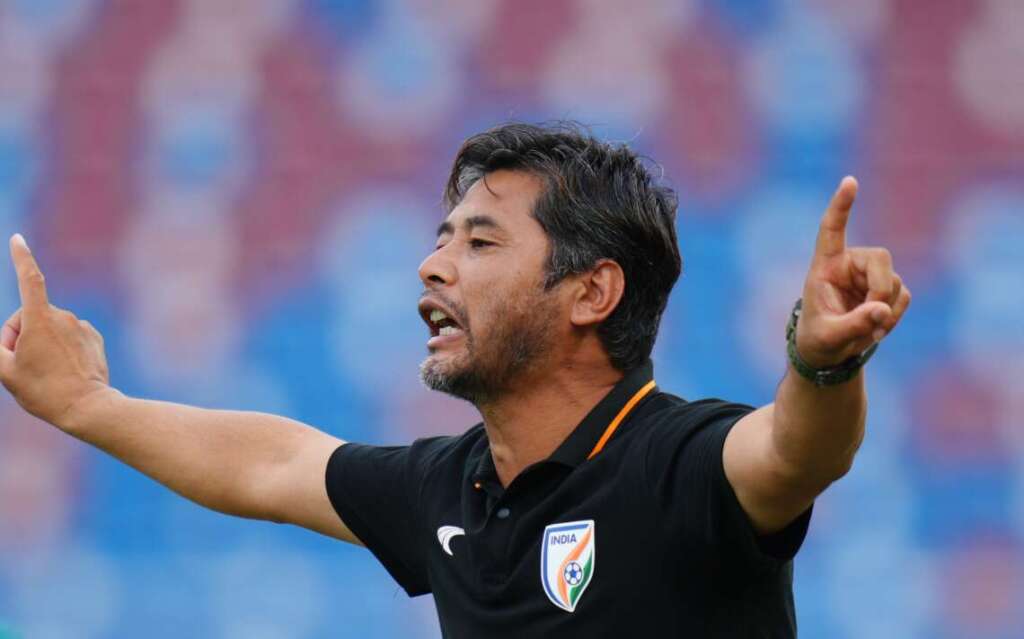
“We’ve made it to the Asian Cup. Our next target is the World Cup. We have to keep dreaming.”
— Crispin Chettri
And they didn’t just do it against any opposition. This was Futoshi Ikeda’s Thailand. The mastermind who coached Japan to the quarter-finals of the 2023 World Cup. He might have thrashed eventual world champions Spain 4-0 that time, but last Saturday, he and his side had no reply to the Blue Tigresses.
Captaining India on such a monumental day is a memory that will stay forever with Sweety Devi, who might be only 25, but already has 66 caps to her name. Chettri rotated captains during the Qualifiers, announcing it during the matchday morning team meeting and formally handing the armband in the dressing room. Sweety was the captain against Mongolia, Sangita got the armband against Timor-Leste, and Sanju had the opportunity to lead the team against Iraq.
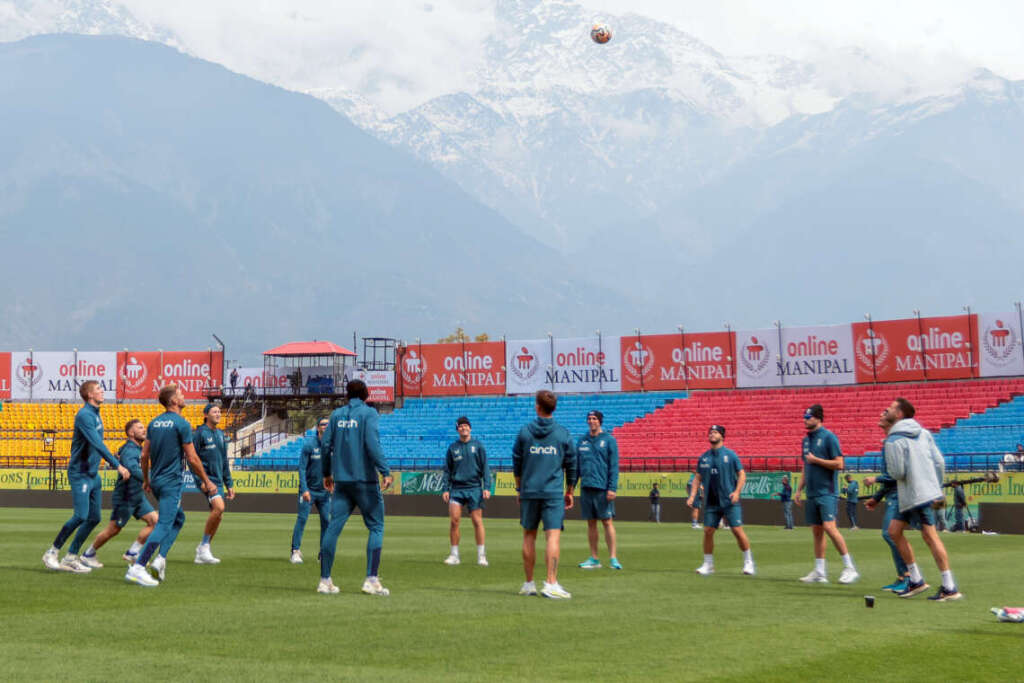
The ‘leaders’ may alternate, but for Sweety, this success is about the entire team, not just those on the pitch, but those off the pitch too, including the coaches and support staff. This is everyone’s reward.
“It’s always a proud moment to be a captain, but this is about the whole team. It’s not just me. I only have the armband, and the team has given me that responsibility. But the contribution is equal. Each and every player, every staff member, and everyone has played a role. So this success belongs to the whole team and the whole nation.”
India will know their opponents at the AFC Women’s Asian Cup Australia 2026 after the draw is conducted on July 29. Twelve teams will be split into three groups of four each. India are placed in Pot 4 and will be drawn against either Australia, Japan or DPR Korea from Pot 1, China, Korea Republic or Vietnam from Pot 2, and Philippines, Chinese Taipei or Uzbekistan from Pot 3.
The top two teams from each group and the two best runners-up will go through to the quarter-finals. The four quarter-final winners will qualify for the FIFA Women’s World Cup Brazil 2027. The losing quarter-finalists will contest the play-offs for the two remaining direct spots allocated to the AFC for the World Cup. The two play-off losers will have another chance of qualifying for Brazil via the inter-confederation play-offs.


